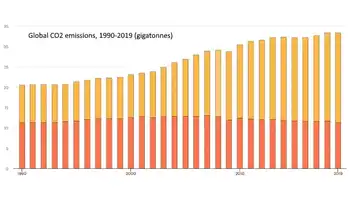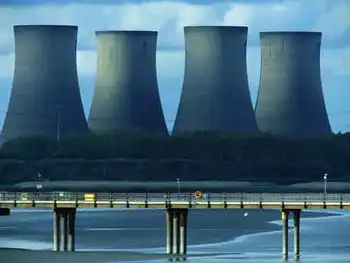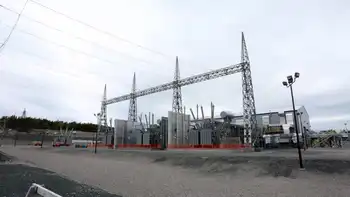Ontario Price Freeze May Be Lifted Early
TORONTO -- - The Ontario government could end its electricity price freeze before the planned date of 2006, the chief executive of the largest private generator in Ontario predicts.
Duncan Hawthorne of Bruce Power said that if more generating capacity comes on stream, it might allow the province to end the freeze early.
"I wouldn't rule out an early exit, if the environment's right," he said in an interview after a speech to the Toronto Board of Trade.
Sharp price spikes last summer drove Premier Ernie Eves to impose the price freeze. But Hawthorne said a period of stable prices could ease the pressure.
"If there's less of a threat to small consumers, they could be encouraged to back out of the cap," he said.
The energy portion of the electricity bill for householders has been frozen at 4.3 cents a kilowatt hour, but utilities and most businesses continue to buy power at varying rates on the electricity market.
Hawthorne noted that the market rate for power has not been "frighteningly high" since the market opened May 1.
Bruce Power plans to have two laid-up nuclear reactors back in service by this summer, contributing another 1,500 megawatts of power to the grid.
Ontario Power Generation's mothballed Pickering A plant is supposed to have one unit of 500 megawatts back in service for the summer, though the project is moving slowly and is over budget.
Adding 2,000 megawatts to the grid — that's about 10 per cent of provincial needs on a moderate spring or fall day — should settle down prices, Hawthorne said.
"If the market is stabilized, then it doesn't need the help of a retail cap," he said.
Hawthorne said Bruce Power will consider restarting the remaining two laid-up units at its Bruce A generating plant if there's a business case.
The first two units, due to restart this spring and summer, cost about $400 million to refit, but Hawthorne cautioned that the two others need more costly repairs and the bill to get them running is likely to be $1 billion.
Restarting those units would depend on both market conditions and environmental rules, he said.
For example, Hawthorne noted that nuclear power produces no carbon dioxide emissions; if nuclear generators displace coal generators, he said, they could help Canada meet its Kyoto commitments to cut greenhouse gas emissions.
Because of that, Hawthorne said nuclear generators should be granted carbon emissions credits, which can be sold on special markets, to boost the return to shareholders.
Related News

Global CO2 emissions 'flatlined' in 2019, says IEA
LONDON - Despite widespread expectations of another increase, global energy-related CO2 emissions stopped growing in 2019, according to International Energy Agency (IEA) data released today. After two years of growth, global emissions were unchanged at 33 gigatonnes in 2019 even as the world economy expanded by 2.9%.
This was primarily due to declining emissions from electricity generation in advanced economies, thanks to the expanding role of renewable sources (mainly wind and solar), fuel switching from coal to natural gas, and higher nuclear power generation, the Paris-based organisation says in the report.
"We now need to work hard to make sure that 2019…




